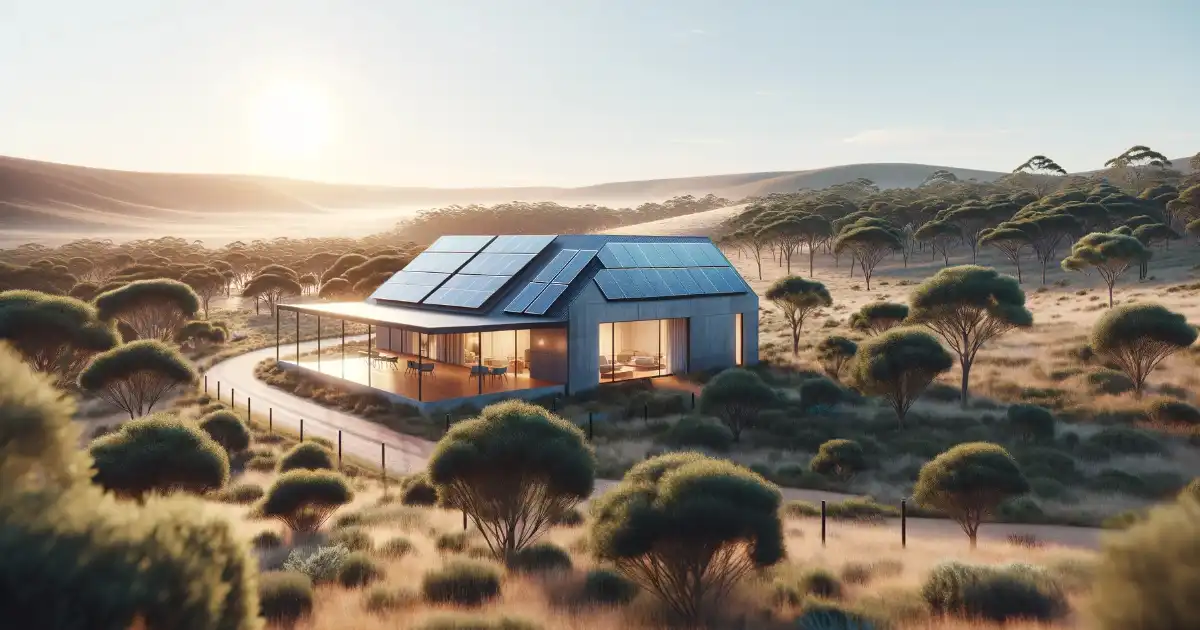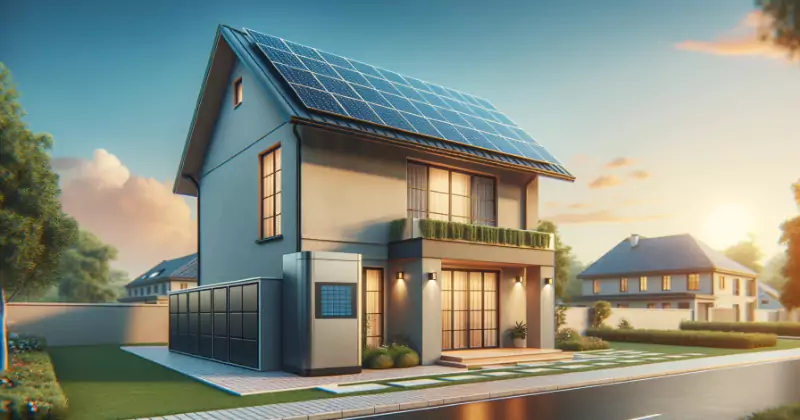As Australians increasingly look for sustainable energy solutions, the appeal of off-grid solar systems has grown. These systems allow homeowners to operate independently from the traditional power grid, offering a blend of energy autonomy, cost savings, and environmental benefits. This guide delves into the workings, advantages, and considerations of off-grid solar systems, particularly for those living in Australia.
How Off-Grid Solar Systems Work
- Daytime Operation: Solar panels generate electricity, which is used in two ways: powering the home and charging a battery bank.
- Nighttime and Cloudy Day Operation: When solar panels are inactive, stored energy in the batteries is used.
- Components: A complete system includes solar panels, a charge controller, a solar inverter, and a battery storage system, typically housed in a well-ventilated, secure shed.
Advantages of Going Off-Grid
- Reduced Costs Over Time: Though initial investment can be significant, long-term savings are substantial, particularly compared to the costs of connecting and maintaining a connection to the main power grid.
- Energy Independence: Off-grid systems eliminate reliance on utility grids, providing resilience against power outages and grid disruptions.
- Sustainability: By using renewable energy, off-grid systems contribute to reducing the carbon footprint and support global efforts to combat climate change.
- Location Flexibility: Ideal for remote or rural locations where grid connectivity is challenging or expensive.
- Environmental Benefits: Solar energy is clean, reducing dependence on fossil fuels and contributing significantly to environmental preservation.
Challenges and Considerations
- Initial Costs: The cost of a full off-grid solar system varies greatly based on size, quality, and complexity, ranging from $15,000 to $90,000 or more.
- System Design and Maintenance: Off-grid systems require careful planning, design, and regular maintenance. This includes monitoring and maintaining solar inverters, batteries, and potentially a backup generator.
- Limited Power Supply: Users need to be mindful of their energy consumption, as the power supply is limited to what the system can generate and store. This may involve lifestyle adjustments and smarter use of appliances.
Making the Decision
- Energy Needs Analysis: Consider your average energy consumption and consult with an experienced provider to size your system appropriately.
- Cost-Benefit Analysis: Weigh the initial setup costs against long-term savings, factoring in potential increases in utility electricity costs.
- Local Climate and Solar Resources: Assess the solar potential in your area, as it significantly affects the system's performance.
Conclusion
Off-grid solar systems represent a significant step towards sustainable living and energy independence in Australia. They are particularly advantageous for those in remote locations or for whom connection to the grid is prohibitively expensive. With the decreasing costs of solar panels and batteries, now is an opportune time for homeowners to consider this investment. However, it's crucial to understand the initial costs, maintenance requirements, and lifestyle adjustments that come with an off-grid system. By carefully evaluating these factors, homeowners can make an informed decision about whether an off-grid solar system is right for them.



